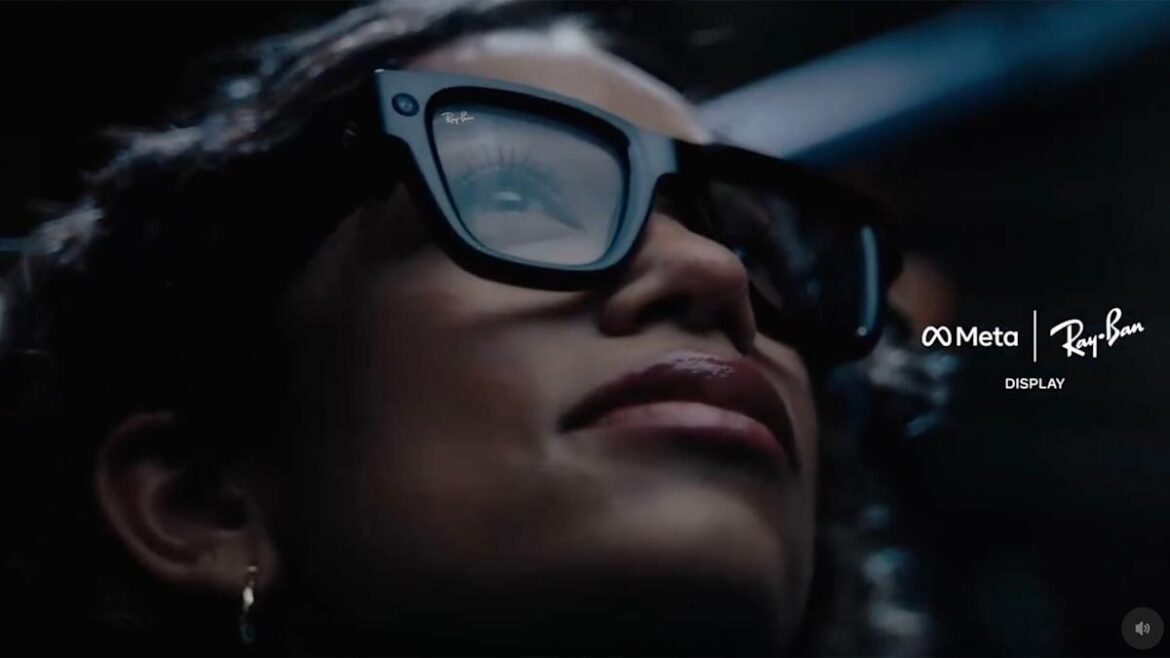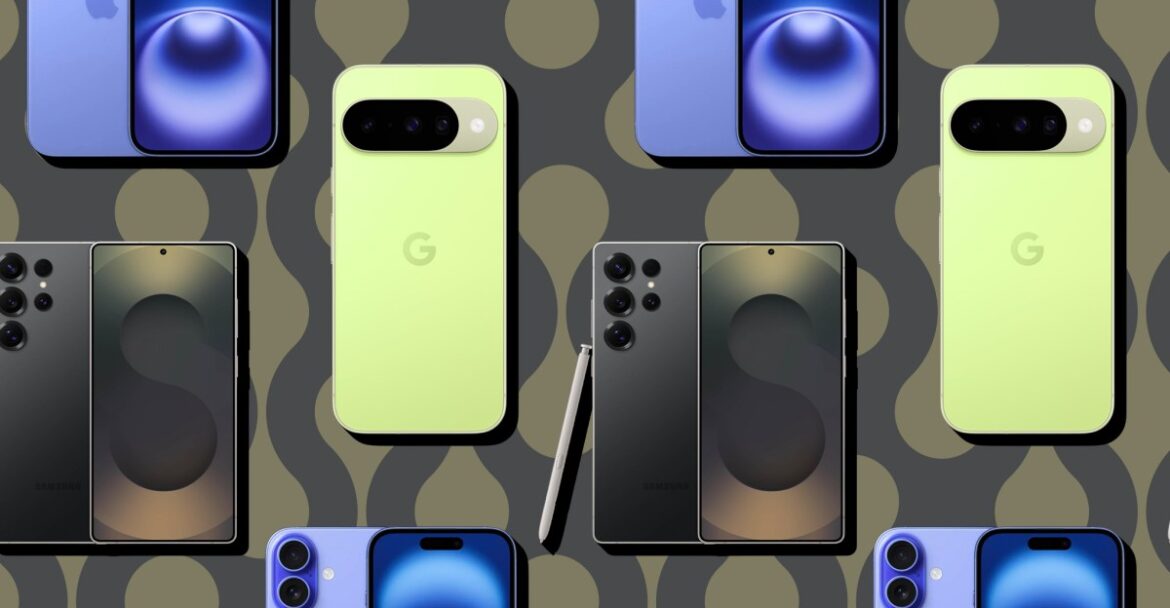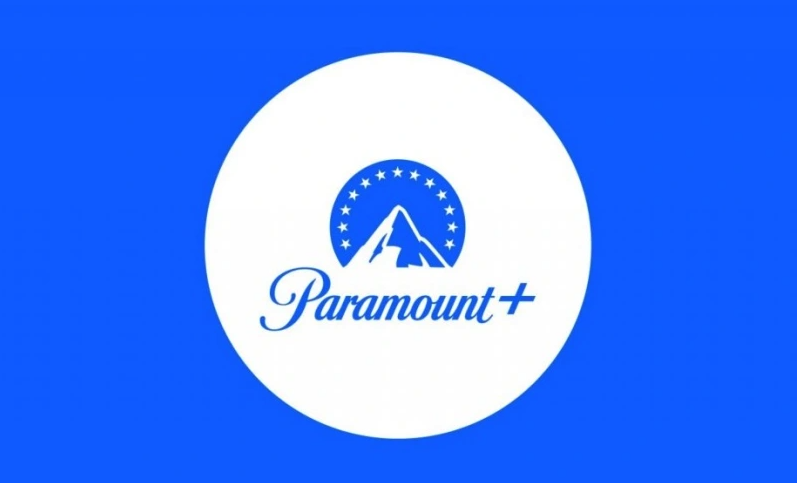In April, movement on a 2024 lawsuit involving AI, Tesla, Warner Bros., and the production company behind Blade Runner 2049 caught the attention of sci-fi fans. Today, there’s an update that skews in favor of Warner Bros.
Alcon Entertainment, which produced the 2017 Denis Villeneuve film and has the Prime Video Blade Runner 2099 series on the way, alleged that promotional material used at an October 2024 Tesla event very closely resembled stills from that film.
Those concerns were further heightened by the fact that Alcon had asked Warner Bros., which distributes its films and was partnering with Tesla for a “robotaxi” or “Cybercab” unveiling, not to allow the use of Blade Runner 2049 imagery as part of the event.
The ensuing lawsuit alleges that Tesla circumvented that request by feeding Blade Runner 2049 stills into an AI image generator, and that’s what was eventually used to backdrop the Tesla presentation.
The lawsuit touches on several complicated issues, including, as the Hollywood Reporter points out, “whether the creation of a visual by an AI image generator by copying a portion of a copyrighted work without a license constitutes copyright infringement.” That’s one of the as-yet undecided issues in the ongoing proceedings.
As THR reports, now dismissed are “claims seeking to hold Warner Bros. Discovery responsible for Tesla’s use of the photos” as well as “another claim alleging that Warner Bros. Discovery had a duty to stop Tesla from infringing Alcon’s intellectual property.”
However, “Warner Bros. Discovery still faces a claim for contributory infringement, which accuses the studio of facilitating the alleged misconduct.”
You can read more about the lawsuit in THR; the complexities of this specific case, however, are coming at a time when Hollywood is facing issues centered on AI’s encroachment of intellectual property on an unprecedented scale.
Earlier this month, we learned that Warner Bros. joined Disney and Universal in filing a lawsuit against Midjourney; as Variety reported, the allegations accuse “the AI image-generating platform of blatant copyright violations” involving copyrighted WB characters.
We don’t know yet how Alcon, which (per THR) has one more try to “fix claims for direct and vicarious copyright infringement,” will ultimately fare in its legal fight. But even if Warner Bros. ends up overcoming the remaining claims in this case, it seems the studio has now taken new interest in protecting its library from copyright infringement with generative AI elsewhere.
Want more io9 news? Check out when to expect the latest Marvel, Star Wars, and Star Trek releases, what’s next for the DC Universe on film and TV, and everything you need to know about the future of Doctor Who.










